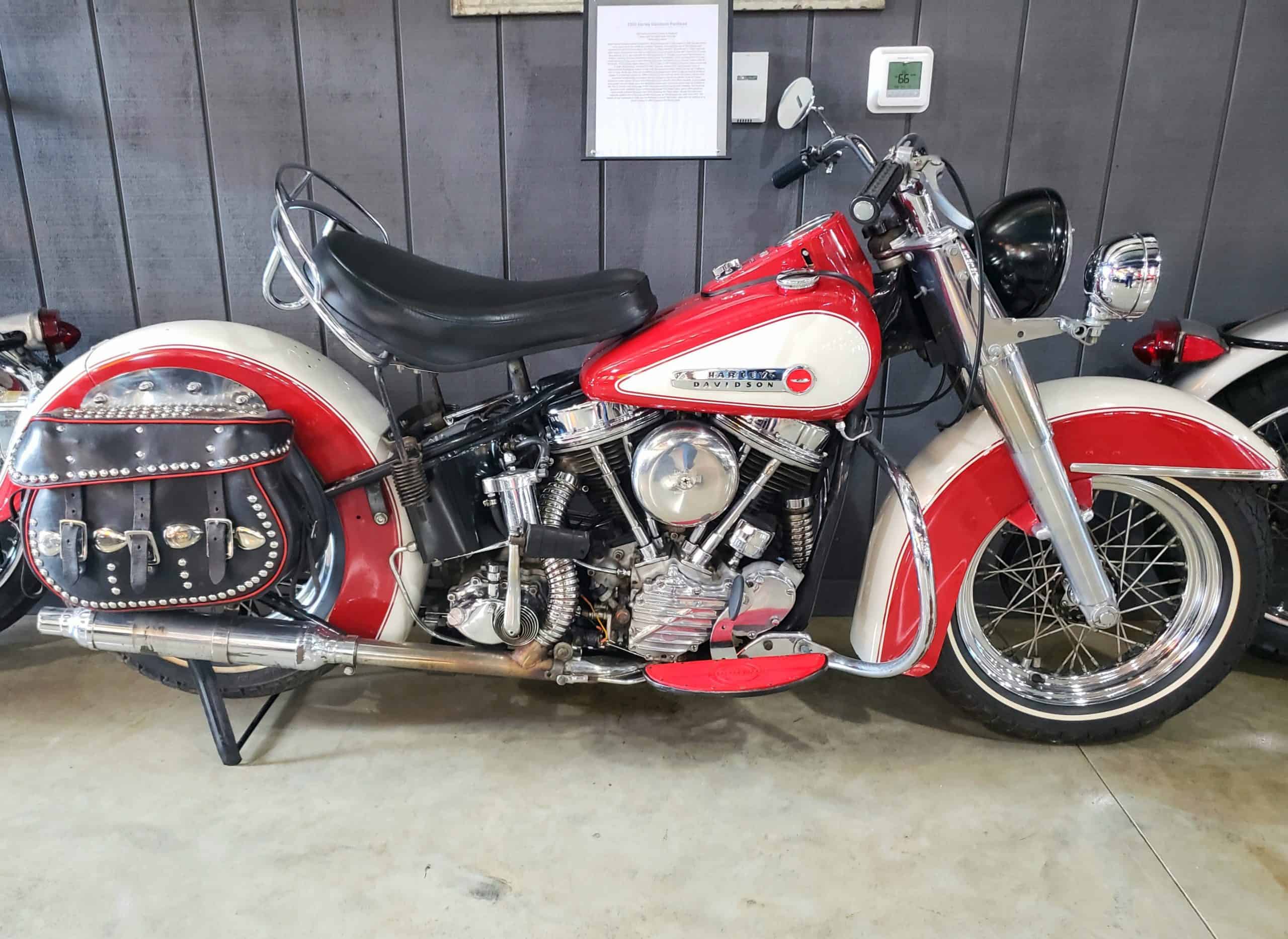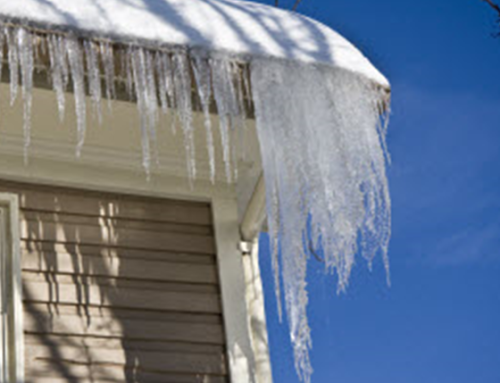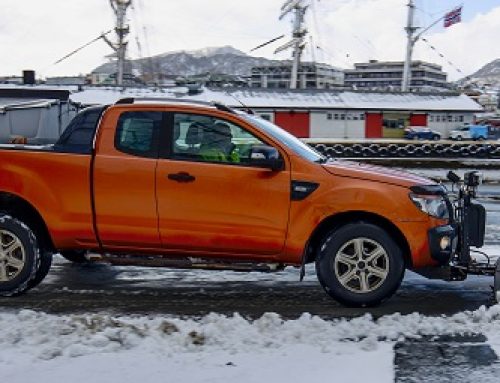This blog was posted by Progressive Insurance and was written by Scott Bradley. You can read the original blog here.
With the cold hands of winter slowly loosening their grip on most of the country, thoughts of great motorcycle adventures into the unknown are starting to sprout like the coming bloom. But before we can kick back the side stand and drop the clutch, there are some key steps we need to take to ensure the trip goes off without a hitch.
First and foremost—determine where you plan to ride, how to get there, and how much time is needed. The choice of route will also have some important bearings on how you prepare the bike (and yourself) for the road.
One of the joys of motorcycling is how it opens up a broad horizon of travel where your method of getting to the destination is just as enjoyable as the arrival, but there also are some crucial considerations regarding both the bike and the rider to ensure a hassle-free trip.
Think about the type of riding
The first step in planning a trip is thinking about the type of riding you want to do. Are you trying to drag knee going through a mountain canyon, or get off the beaten path on your adventure bike and into the dirt? A good step is to take to the internet and do a bit of research on popular routes or locations.
One of the most popular riding routes in the country just so happens to be in my backyard—Skyline Drive and the Blue Ridge Parkway. These national park roads wind over the top of the Shenandoah Mountains and provide countless curves without the hassle of crossing traffic. When I rode down to Asheville, North Carolina, I chose to take the Blue Ridge Parkway all the way instead of sitting on a highway the entire time. Keep tabs on your fuel consumption, however, as there are minimal opportunities to fill up. The temperatures can also vary greatly at elevation, so be prepared with extra layers if need be. The same applies to keeping yourself fueled. Places to get food may be few and far between, so plan them out ahead of time on a map or bring plenty of snacks.
Plotting your route
Another approach to plotting routes is picking a destination and exploring the areas around it on a map. When I was riding in Denver, I would open up the map app on my phone every morning and start scrolling and zooming in a general direction until a road or landmark caught my eye. After having that jumping-off point, I would keep exploring until I had a route fleshed out that piqued my interests. The benefit of doing this allows you to keep the plan loose, and be open to making changes. This way you can take that detour or side road that pops up without feeling like you’re straying from an itinerary.
Prepping yourself and your bike
Once you know where you’re going, it’s imperative to make sure that your bike is in tip-top shape for a long trip. There are a few critical wear items to check on, especially if your motorcycle has been sitting in storage or unridden.
Check your tires: Your tires make first contact with the road, and their condition can dictate whether you’re carving through the turns or gingerly limping to the next stop. Check to make sure the rubber compound is free of dry rot or cracking. Also, check your tread depth with the wear indicator, and make sure you have enough tread to cover your allotted mileage. This is especially important with more off-road-focused tires, as the knob patterns can wear down prematurely with extended highway riding. Consider the weather of where you’re traveling to as well, as older tires perform less reliably in the rain as they age. Tire pressure will affect your bike’s handling, tread life, and even fuel economy! Check the PSI rating as dictated in your bike’s owner’s manual, which may vary if you have hard luggage mounted and loaded.
Check your engine: It’s best to keep tabs on your engine and driveline before putting down the miles. If you’re close to an oil change it’s better to do it sooner rather than later. If your bike has a proclivity to burn oil (especially with big air-cooled twins) keep a quart of oil in your luggage. Chain-driven bikes need to have the tension checked every 600 miles, so get it up to slack and clean/lube the chain. While you’re at it, make sure the sprockets aren’t worn or near the end of their life. A pair of ridges forming on the tip (called shark-toothing) is a sign that you’ll need a replacement.
Check your battery: Ensure your battery is fully charged and can still handle the full load of any electronics (especially if you’re charging a phone or running a GPS system). If the bike hasn’t been on a tender and has any hesitation starting, consider running a load test to make sure it isn’t on its way out.
Charge up: Also make sure you’re carrying all the necessary charges for your trip-related electronics such as your phone and Bluetooth communication system if you have one in your helmet. You don’t want your source of music to die on a long stretch of road!
Choosing gear: Choose gear that is adaptable to changing conditions, especially if you’re embarking on a longer trip. Gear that is either waterproof or has a waterproof liner is key. Sudden showers can pop up anywhere, and if you get wet the air blowing by can suck the heat out of you quickly. Riding at 65 mph causes a drop of almost 10 degrees in perceived temperature to the body. Also, choose gear that has adjustable ventilation to make sure you don’t overheat when the temperature swings upwards.
Have navigation: Having some form of navigation aid is indispensable, whether it’s electronic or paper. A smartphone is a great way to plan routes and stay on the proper navigation track. However if you don’t have a way to keep it charged or will be going outside the range of cell service, it’s never a bad idea to carry a paper map.
When on two wheels it’s wise to be extra prepared. With these tips in mind, you should be ready for an exciting and hassle-free adventure.



